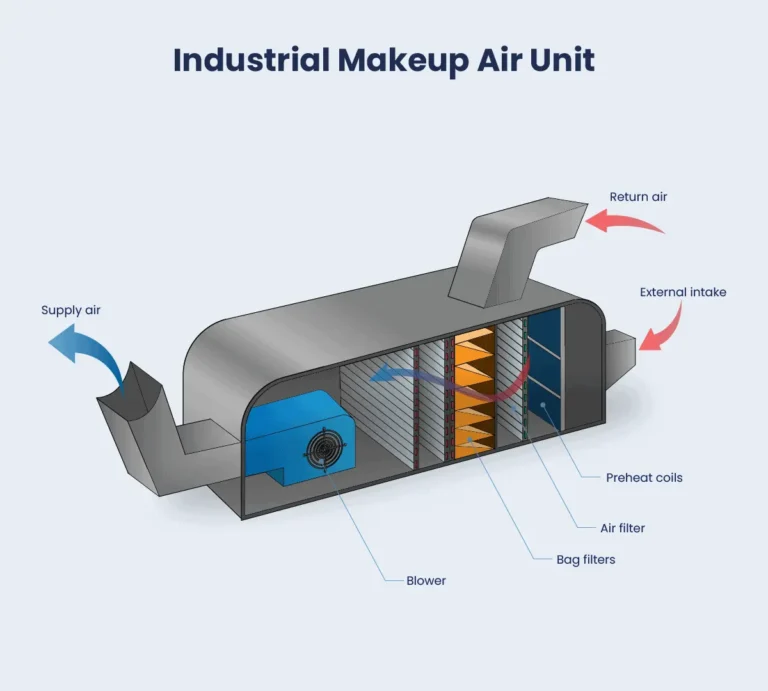Wicks: Understanding the Basics and Importance

Wicks are an essential part of many common items, especially candles. They help draw liquid, such as wax, toward the flame, making the item work correctly. In this article, we will explore what wicks are, their types, how they work, and why they are important.
What is a Wick?
Wicks are material that pulls liquid toward a flame. In candles, it helps the wax burn slowly and steadily. Without a wick, a candle wouldn’t work as well, and the flame would go out quickly. Wicks are made from different materials depending on their purpose. They can be found in many items like oil lamps, candles, and even some lamps that burn fuel.
Types of Wicks
Wicks come in various shapes and sizes, and they are used for different things. Let’s take a look at the most common types.
Candle Wicks
- Candle wicks are usually made from cotton, wood, or synthetic materials.
- They come in several forms, including single wicks (one wick in the candle), double wicks, and even triple wicks, which you might find in larger candles.
- Some candle wicks are braided or plaited to ensure an even burn.
Specialty Wicks
- Some wicks are made from eco-friendly materials like bamboo, hemp, or organic cotton.
- These wicks are popular in decorative and aromatherapy candles, which people use to create a relaxing atmosphere.
How Wicks Work
These work with a process called capillary action, which helps pull liquid, such as candle wax, toward the flame. Here’s how it happens:
Capillary Action
- When a candle burns, the heat melts the wax around the wick.
- The melted wax is drawn up into the wick and becomes fuel for the flame.
- The design of the wick is important because it controls how much wax reaches the flame and how long the candle burns.
Combustion Process
- Once the wax reaches the flame, it starts to burn. The wick controls the flame’s size and intensity.
- If the wick is too thick or too long, the flame might become too large.
- A well-designed wick ensures a steady, even flame that lasts a long time.
Wick Characteristics
The type of wick you use can affect how a candle burns. Different materials and thicknesses influence the candle’s performance.
Material Composition
These can be made from different materials like cotton, wood, or synthetics.
Some candles have lead-free or zinc-free , which are healthier options as they produce less harmful smoke.
Thickness and Length
The thickness of a wick determines how fast the candle burns and how big the flame will be.
For the best results, it’s important to keep the wick trimmed to the right length. A wick that’s too long will make the flame too big, while a wick that’s too short might not burn at all.
Choosing the Right Wick
Not all wicks are the same, and choosing the right one can make a big difference, especially if you’re making your candles. Here’s what to consider:
- The wick size should match the diameter of the candle. A larger candle needs a thicker wick to burn evenly.
- Different waxes, like soy, beeswax, or paraffin, require specific wick types to burn properly.
- Always test wicks to see which one works best for your candle project. This is especially important if you’re using different types of wax or scents.
Environmental Impact
As more people become aware of the environment, the materials used in wicks are changing.
Eco-Friendly Options
Many candle makers now offer biodegradable wicks made from materials like hemp, bamboo, or organic cotton.
These options are better for the environment because they break down naturally and don’t release harmful chemicals when burned.
Impact of Synthetic Materials
Some are made from synthetic materials, which are not biodegradable. These can release chemicals into the air, which may not be good for the environment or your health.
Innovations in Wick Technology and Design Improvements
Wick technology has come a long way. New designs are making candles burn more efficiently and last longer.
(1): Manufacturers are creating wicks that use less material but burn for a longer time.
(2): Smart technology is even being developed to make candles safer and more eco-friendly, ensuring they burn evenly and reduce waste.
Future Trends
The future of wick technology is exciting. We can expect more sustainable materials and smarter wicks that help candles burn better while being kinder to the environment.
Conclusion
Wicks play a crucial role in making candles work properly. They pull the wax to the flame and ensure a steady burn. Choosing the right wick is important, especially if you’re concerned about the environment or looking for the best performance from your candle. Whether you’re buying or making candles, consider opting for eco-friendly it’s materials like cotton, hemp, or bamboo. In conclusion, wicks are more than just a piece of string. They are the key to a well-burning candle and have a real impact on how long the candle lasts and how clean it burns. So, next time you light a candle, think about it and how it’s helping create the warmth and light you enjoy.






